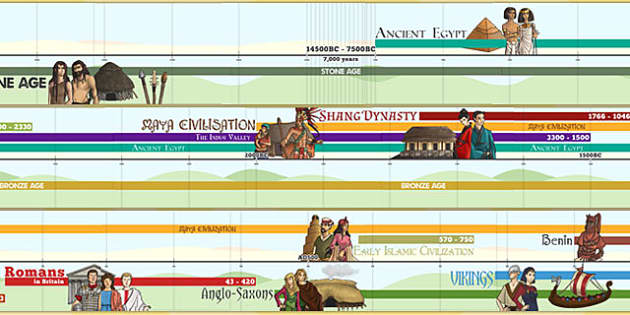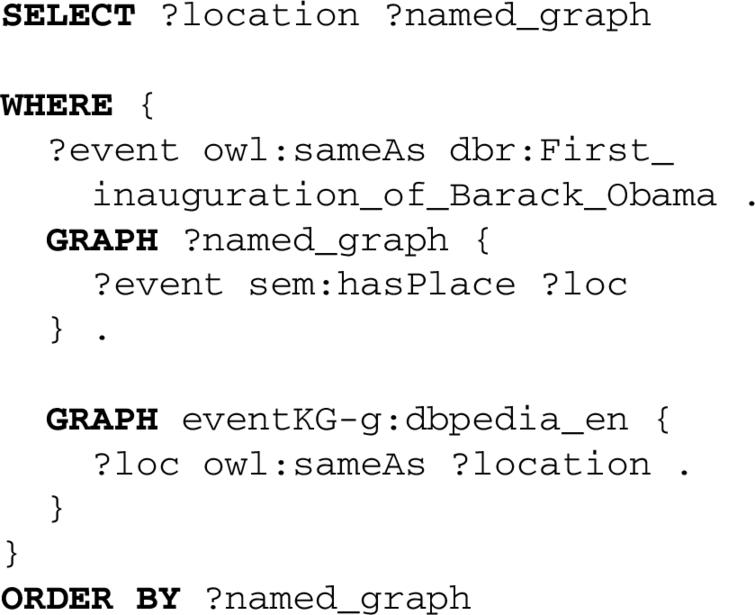- Waistcoatsoutlander Lists Printable
- Waistcoatsoutlander Lists Words
- Waistcoatsoutlander Lists Examples
- Waistcoatsoutlander Lists 2020
- Waistcoatsoutlander Lists 2019
'Dignity, and even holiness too, sometimes, are more questions of coat and waistcoat than some people imagine.' The waistcoat is an article of clothing that has been around since the Restoration in England. In the United States it is called a vest (in UK English, a vest is the equivalent of the. Welcome to our NEW LOOK website. We all have special occasions where a distinctive waistcoat is must: weddings, parties, cruises, holidays At Waistcoats Direct you can invest in the lasting value of a designer silk waistcoat.
The hand-in-waistcoat (also referred to as hand-inside-vest, hand-in-jacket, hand-held-in, or hidden hand) is a gesture commonly found in portraiture during the 18th and 19th centuries. The pose appeared by the 1750s to indicate leadership in a calm and firm manner. The pose is most often associated with Napoleon I of France due to its use in several portraits made by his artist, Jacques-Louis David, amongst them the 1812 painting Napoleon in His Study.[1] The pose, thought of as being stately, was copied by other portrait painters across Europe and America. Most paintings and photographs show the right hand inserted into the waistcoat/jacket, but some sitters appear with the left hand inserted. The pose was also often seen in mid-nineteenth century photography.[2]
Background[edit]
- Weavers Of Ireland has some truly delightful tweed waistcoats for men. Get 10% Off Your First Order Online Today.
- Required Cookies & Technologies. Some of the technologies we use are necessary for critical functions like security and site integrity, account authentication, security and privacy preferences, internal site usage and maintenance data, and to make the site work correctly for browsing and transactions.
The pose traces back to classical times — Aeschines, founder of a rhetoric school, suggested that speaking with an arm outside one's chiton was bad manners.[3] The pose was used in 18th-century British portraiture as a sign that the sitter was from the upper class.[1] An early 18th-century guide on 'genteel behavior' noted the pose denoted 'manly boldness tempered with modesty.'[3][4] Art historian Arline Meyer has argued that - in addition to mirroring actual social behaviour or borrowing from classical statuary - the pose became a visualization of English national character in the post-Restoration period; in the context of increasing Anglo-French rivalry, the pose promoted 'a natural, modest, and reticent image that was sanctioned by classical precedent' in contrast to 'the gestural exuberance of the French rhetorical style with its Catholic and absolutist associations'.[5]
Appearance in photography[edit]
With the invention of photography, the pose continued but may have had an additional purpose in preventing blurring by maintaining the sitter's hand in a single place. The pose is commonly seen in photographs of members of the military, with a number of American Civil War photographs showing the pose, or indicated by three open buttons on a tunic.[6]
Gallery[edit]

Francisco Pizarro González, Spanish conquistador
An Oriental Family engraving by Albrecht Dürer, ca. 1496
The Marquis de Pombal, Portuguese statesman
Johann Hinrich Gossler, a Hamburg banker
General Lafayette
General Ambrose Burnside, with jacket buttons undone to allow access for his hand[citation needed]
Samuel Colt, US industrialist
Friedrich Nietzsche at age 17
Emperor Pedro II of Brazil
Franklin Pierce, US president
Artúr Görgei, Hungarian general
References[edit]
| Wikimedia Commons has media related to Hand-in-waistcoat. |
- ^ abMeyer, Arline (March 1995). 'Re-dressing classical statuary: The eighteenth-century 'Hand-in-Waistcoat' portrait'. Art Bulletin. 77 (1): 45–63. doi:10.2307/3046079. JSTOR3046079.
- ^Uwe Fleckner, 'Napoleons Hand in der Weste: von der ethischen zur politischen Rhetorik einer Geste' ['Napoleon's hand in the waistcoat: from the ethical to the political rhetoric of a gesture'] Daidalos 64 (June 1997), 122-29
- ^ abHolmberg, Tom. 'Why is Napoleon depicted with his hand in his coat?'. The Napoleon Series. Retrieved 2008-08-26.
- ^Nivelon, François (Francis) (1737). The Rudiments of Genteel Behavior. London.
- ^Meyer, Arline (1995). 'Re-dressing Classical Statuary: The Eighteenth-Century 'Hand-in-Waistcoat' Portrait'. The Art Bulletin. 77 (1): 45–63. doi:10.2307/3046079. ISSN0004-3079. JSTOR3046079.
- ^'Why Did Men Thrust Their Right Hand into Their Jackets in Old Photographs?'. Imponderable. Retrieved March 20, 2015.
Waistcoatsoutlander Lists Printable
Stand Out From The Crowd


Waistcoatsoutlander Lists Words
WORLD CLASS FABRICS

COMPLETE CUSTOMIZATION
MULTIPLE FITTINGS
Waistcoatsoutlander Lists Examples
IN-HOUSE TAILORING

BEMBERG LININGS
BRAND LABELS
Waistcoatsoutlander Lists 2020
Waistcoatsoutlander Lists 2019
BUTTONS
